Design / Beirut
Piece together
Amid the crises that Lebanon has faced over the past few years, new design galleries and studios have emerged across the capital and secured its status as a chief design centre in the Middle East.
The Lebanon pavilion at the 2016 London Design Biennale was a pop-up street made from chipboard, complete with a barber shop, falafel joint and Fairuz singing on repeat. It was a delicious Beirut of the imagination, of course, but it did capture the bricolage of this city: the Lebanese have a knack for making the most of whatever is to hand, even when things look bleak.
The past two years have seen municipal malfunctions in Beirut and a stalemate over who should be the country’s next president. Yet the calibre of the city’s designers and studios has only continued to grow. As some of Lebanon’s crises begin to ease, its status as the most important design centre in the Middle East is more assured than ever. Whereas other governments in the region pour cash into building design scenes from scratch, in Beirut design emerges from the streets with pop-up galleries, start-up studios and initiatives that can plug into a network of fresh graduates and local manufacturers.
D Beirut is a new development housing design galleries and studios in the Burj Hammoud neighbourhood. Despite the civil-war-era landfill nearby, inside it’s an airy cavern with museum-scale glass walls separating contemporary-design galleries and bodies doing downward-facing dog in the Yoga Souk. “The volume got me initially excited,” says Karim Bekdache, the architect behind D Beirut, as we admire the natural corridor formed by columns preserved from a time when this was a factory making industrial kitchens.
Bekdache was approached by the owner to design a project that could do something with the space; his architecture practice turned the shop floor into eight high-ceilinged lots. Bekdache’s own studio, in D Beirut, doubles as a showroom for the pencil-legged sofas he finds and restores that have mid-century echoes of Lebanon’s heyday. The city, says Bekdache, is “where design emerges from in our region”. Some 3,000 people showed up to D Beirut’s opening night, hungry for new opportunities.

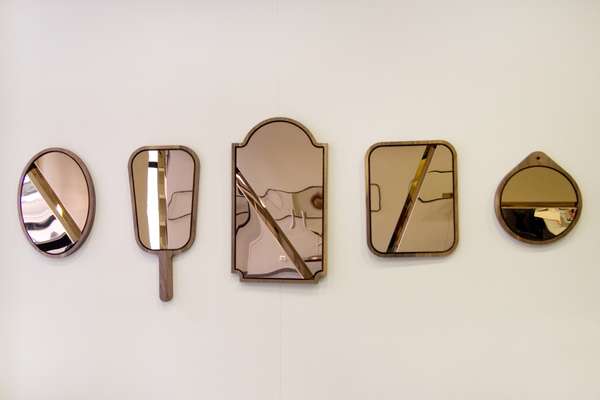

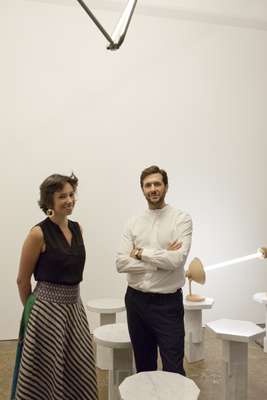
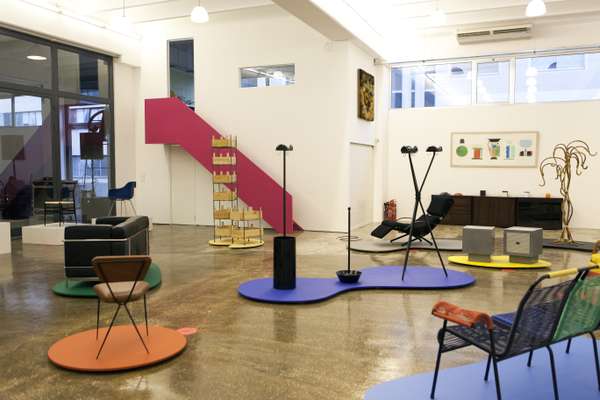
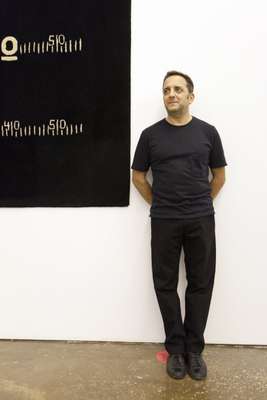
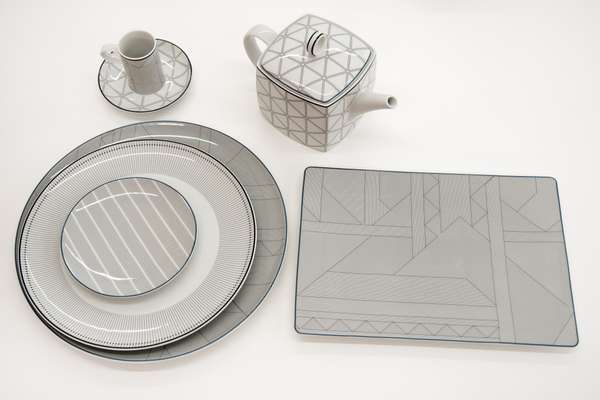
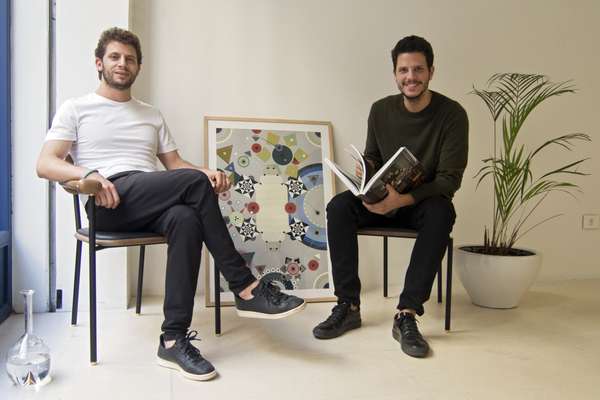
“Someday this whole street will be studios,” says Pascale Wakim, co-founder of Carwan Gallery, which launched in 2010. After six years of pop-ups and design-fair slots, Carwan opened a permanent space in D Beirut. It pitches itself as the first contemporary-design gallery in the Middle East and seven of its 27 represented designers are from Lebanon. The quality of the showing here demonstrates how competitive Beirut’s design scene is.
Clusters such as D Beirut are more familiar to mall-centric cities such as Dubai but it offers a fresh look at how to build a scene in a vast warehouse quarter. Previous efforts have only created isolated pockets amid post-industrial sprawl but D Beirut’s endeavour to culture a more casual footfall – the yoga studio is a start and there are plans for a restaurant – bodes well for other design initiatives following suit.
It’s a familiar story for Metal & Wood in the once-staid Clemenceau neighbourhood near the city centre. Founder Rached Sultan and his wife Josette Youssef say that bringing people to their shop was the initial challenge – now galleries are rushing here and rents are set to rise on cue. Sultan started importing vintage furniture in 2011, before expanding to homeware from Japanese and Scandinavian labels; in the past couple of years he and Youssef have introduced their own furniture line.
“We want to produce small-batch stuff well; be an affordable brand but not skip on materials,” says Youssef. Local buyers represent 70 per cent of the business and the market is hungry. Where it can, Metal & Wood manufactures in Beirut but Sultan says that dependable artisans are hard to find. “It hasn’t been a stable market for them, which makes it less easy for us.”
A stroll across town is fraught with the fractious nature of life in Lebanon: a district brought to a standstill by a political strike; the mid-morning calm disrupted by cars hooting for a politician. In the Downtown Beirut area, obliterated during the civil war and rebuilt for retailers in the past decade, entire areas lie abandoned.
Yet there are signs of fresh starts. Between the raucous cocktail bars in Gemmayze, Joy Mardini Design Gallery – a pioneer of Lebanese talent – has moved from an indutrial area to a street with foot traffic. In nearby Mar Mikhaël, David Raffoul and Nicolas Moussallem transformed a car depot into their first dedicated studio in 2016. “We knocked through the ceiling to create this skylight,” says Raffoul, as he flips through sketches of a bar cabinet illuminated by Beirut’s sun.
Their brand, David/Nicolas, has exhibited with Nilufar in Milan and in 2017 will show at the Carpenters Workshop Gallery in London. The designers eschew an unfinished aesthetic that they believe has saturated Beirut’s scene. They favour exacting details: complex carvings and an insistence on the best materials.
Studios such as David/Nicolas, which is eyeing a second workspace in Milan in 2017, are evidence of the maturation of Beirut’s design sector. The duo are hard at work on a top-to-bottom fitout for a new restaurant in Downtown Beirut, from the seats to the lighting. “We’re working on scenography: how can we create a scene, an atmosphere, in the middle of a powercut?” says Moussallem. “Blackouts may be a reality here but this is an alternative to letting it kick us in the butt.”


